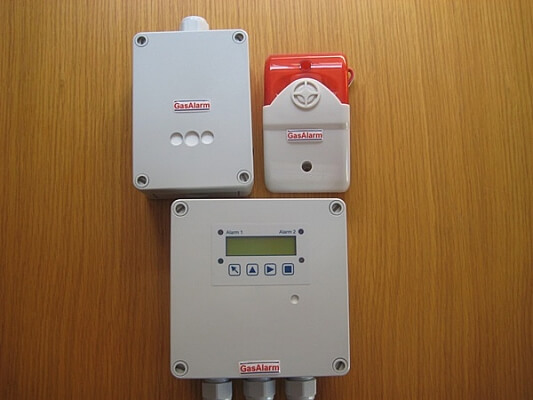
Hydrogen Sulfide is the most commonly encountered as an environmental contaminant. It occurs naturally in crude petroleum, natural gas, marine sediments and in some minerals. It is also a byproduct of many industrial operations such as petroleum, refineries, natural gas plants, food processing plants, etc. Hydrogen Sulfide can affect the body if it is inhaled or it comes in contact with the eyes, skin, nose or throat. For a better safety, adequate ventilation with Hydrogen Sulfide gas detection in enclosed areas is often quite necessary. Hydrogen Sulfide gas detectors should be installed at such places to save the lives of workers by warning them of excessive H2S concentrations in the workplace and initiating emergency procedures and precautions providing a better site-wide safety .
A properly designed, installed and maintained Hydrogen Sulfide gas detection system can save lives and property. So before installing a Hydrogen Sulfide gas detection system, each facility must be individually reviewed and its requirements assessed in accordance with its geographical location, type of structure, type of plant or storage area and local environmental conditions. The exact location and number of sensor heads are critical to the Hydrogen Sulfide gas detection system’s design. Also, a number of other factors should be considered when designing an appropriate Hydrogen Sulfide gas detection system.
Please read our detailed article on Projectlink for further information: https://www.projectlink.com.au/news/detection-of-hydrogen-sulphide
Also, please visit our website: https://www.gasalarm.com.au/product-tag/hydrogen-sulfide/ for further information on the product range we can offer for Hydrogen Sulfide Gas Detection.